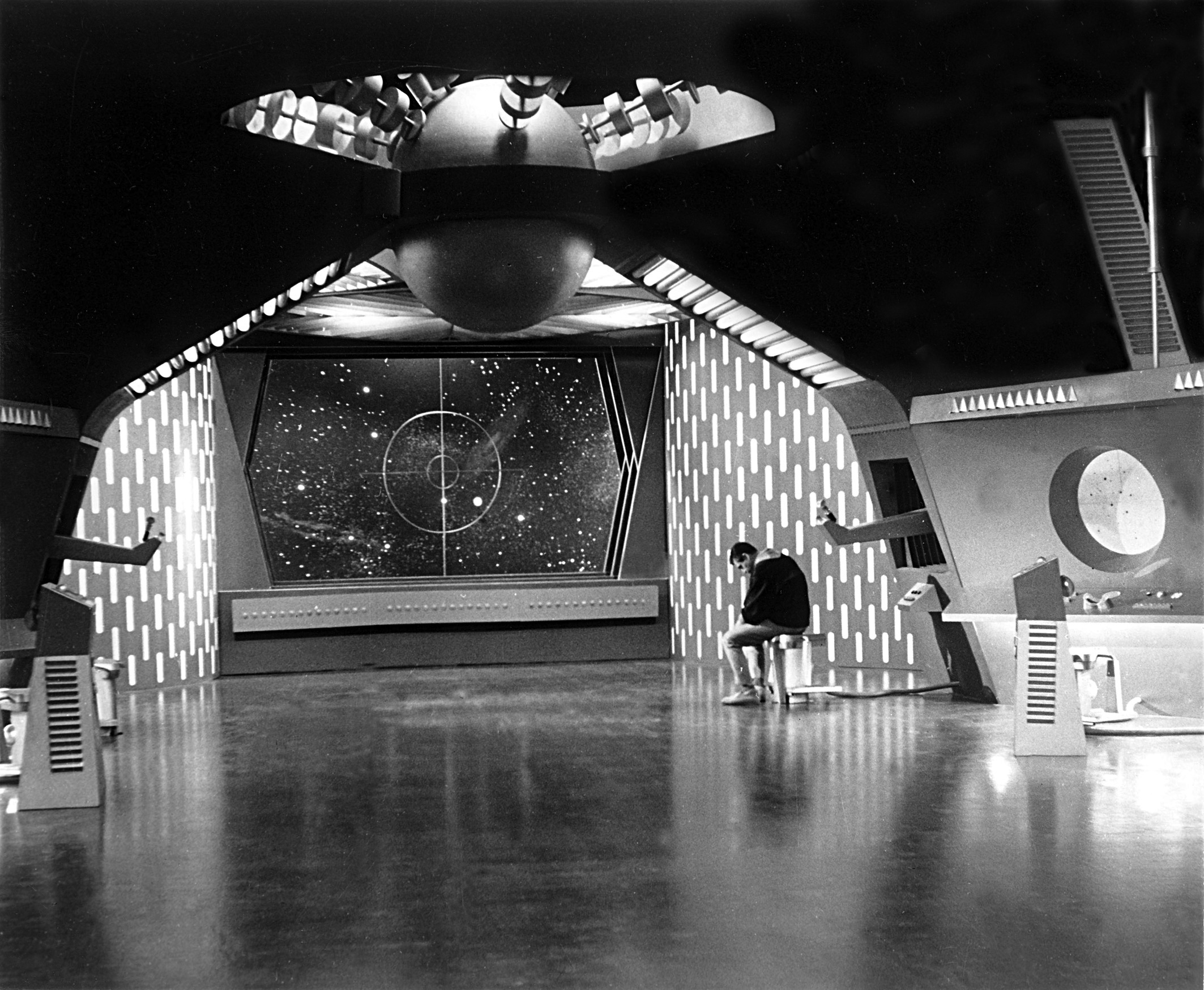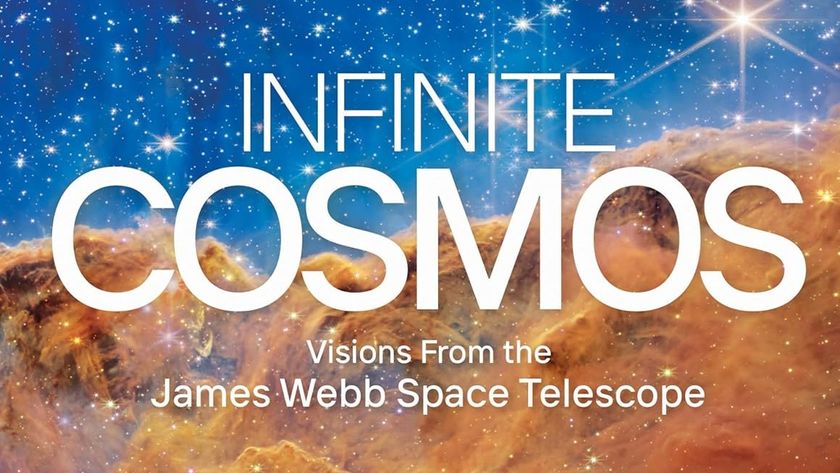Tales of Futures Past: Soviet Science Fiction of the Cold War

NEW YORK — In 1898, British writer H. G. Wells wrote "The War of the Worlds," a science-fiction novel in which Martians invade the Earth and nearly decimate humanity.
A decade later, in what was then the Russian Empire, writer and Marxist revolutionary Alexander Bogdanov wrote his novel "Red Star," also about Martians landing on Earth. But in Bogdanov's novel, the Martians are not violent or monstrous. Instead, they invite the main character, a young Russian student named Leonid, back to the Red Planet to see the Martians' civilization: a thriving, peaceful — and communist — utopia.
The optimism of "Red Star" was mainstream, state-supported Soviet science fiction's defining characteristic, said Tomáš Pospiszyl, a Czech writer and art scholar who spoke at the "Futures of Eastern Europe" conference here at the New Museum on Jan. 25. [The Search for Life on Mars (A Photo Timeline)]
Pospiszyl said that at the turn of the 20th century — when both "War of the Worlds" and "Red Star" were written — many people believed there was an advanced civilization on Mars. But while H. G. Wells interpreted "advanced" as militant and conquering, Bogdanov's "Red Star" interprets "advanced" as communist, and therefore peaceful and prosperous.
However, not long after the Soviet Union was established in 1922, science fiction and many other types of literature were banned in the state. "It was seen as a Western, decadent genre," Pospiszyl said at the conference. The "Futures of Eastern Europe" conference was affiliated with the museum's exhibit, "Report on the Construction of a Spaceship Module," which will remain on view until April 14.
Both science fiction and communist ideology are very concerned with the future, Pospiszyl added. "Communist ideology was based on futurism, or clear historical perspective leading from capitalism in the past to communism in the future."
In the 1950s, as part of the "Krushchev Thaw" that occurred after Joseph Stalin's death, science fiction was once again permitted in the U.S.S.R. That didn't mean writers could write about whatever they wanted, however. Futuristic science fiction had to take place within the U.S.S.R.'s current five-year plan.
Get the Space.com Newsletter
Breaking space news, the latest updates on rocket launches, skywatching events and more!
This limitation was dropped in 1956, but even without it, the state still imposed restrictions, both overt and implicit, on Soviet science fiction.
"Science fiction in general depicts potential civilizations of the future or in the universe," Pospiszyl said. "Eastern science fiction had not so many alternatives. It was to describe ... a perfect world of tomorrow ... a world of communism."
In fact, said Pospiszyl, this vision of the future was so overwhelmingly positive that many Soviet science fiction writers had trouble thinking of obstacles for their futuristic heroes to overcome.
Other science fiction writers turned to the writings of Karl Marx and other communist theorists to find inspiration and guidance for what the future might hold. However, other than a few lines in his 1846 treatise "The German Ideology," where he argues that people should be able to switch their professions whenever they wish, Marx wrote very little about what a communist society would actually be like.
Working with what they had, the idea of changing professions popped up in a number of different Soviet science fiction stories, said Pospiszyl. In some cases, "the main heroes switch, quite unexpectedly, their professions. In one moment they are captains of a spaceship in others they are archaeologists ... the reason was the authors were actually following the hints of information they could find in Marx," Pospiszyl said.
Other examples of Soviet science fiction were more blatantly propagandist. For example, Soviet citizens could often pick up magazines that were written and dated as if they came from 10 years into the future, Pospiszyl said. These magazines were supposed to be science fact, not science fiction — they were intended to show citizens what life would soon be like thanks to communism.
When the Cold War-era space race began, government and state-sanctioned science fiction writers seized on it as proof that the future of their imagination was happening in the present. Spaceships and space travel were seen as parts of a grander design to achieve a communist victory on a galactic level.
If it seems like all Soviet science fiction is very uncritical of communism in general (and the U.S.S.R. specifically), it's partly due to the heavy censorship that continued even after Stalin's death up until the U.S.S.R.'s fall in 1989.
It's also due to the fact that critics of the Soviet regime seemed largely uninterested in space travel or science fiction in general, said Pospiszyl. These writers and artists were more concerned with the here and now, and the problems that still existed, then what may or may not happen in the future.
Find out more here:
http://www.newmuseum.org/exhibitions/view/report-on-the-construction-of-a-spaceship-module
Email jscharr@technewsdaily.com or follow her @JillScharr. Follow us @Spacedotcom, Facebook and Google+. Original article on Space.com.
Join our Space Forums to keep talking space on the latest missions, night sky and more! And if you have a news tip, correction or comment, let us know at: community@space.com.
Jill Scharr is a creative writer and narrative designer in the videogame industry. She's has served as Project Lead Writer at the games studio Harebrained Schemes, and has also worked at Bungie. Prior to that she worked as a Staff Writer for Tom's Guide, covering video games, online security, 3D printing and tech innovation among many subjects.












